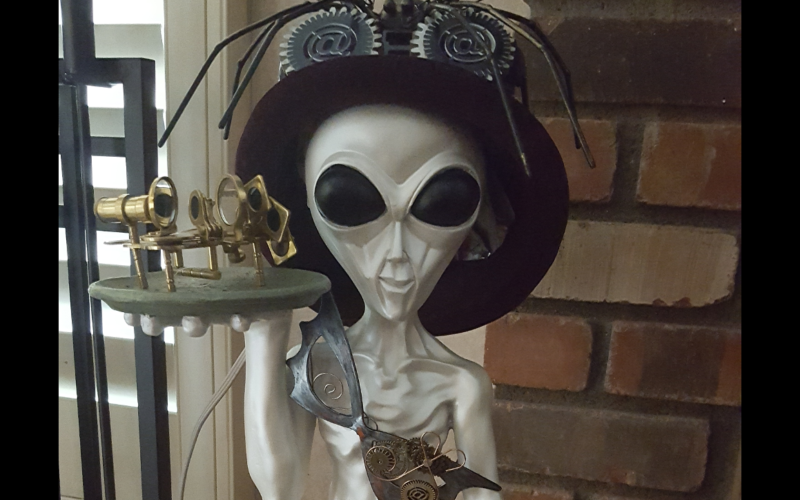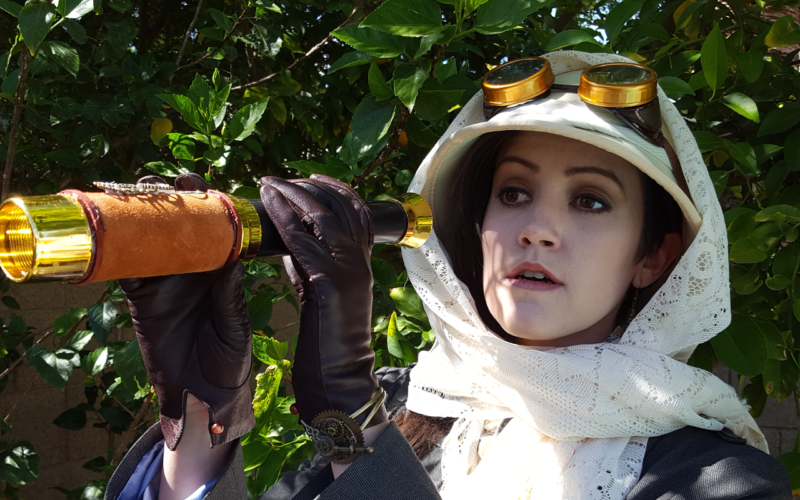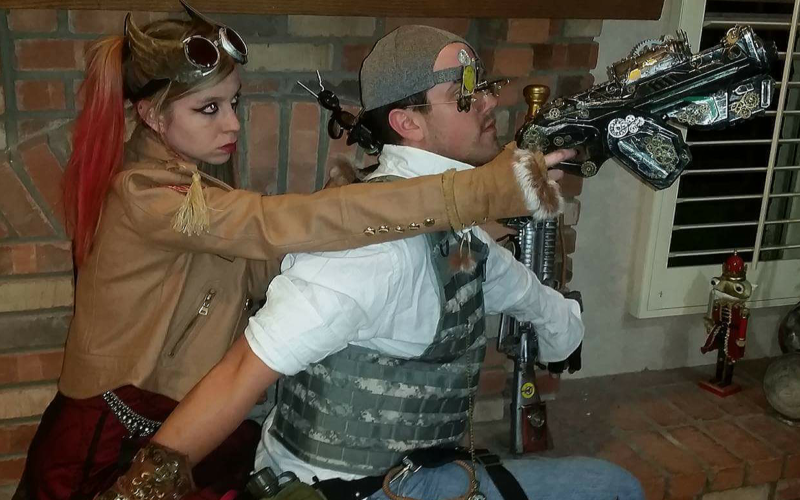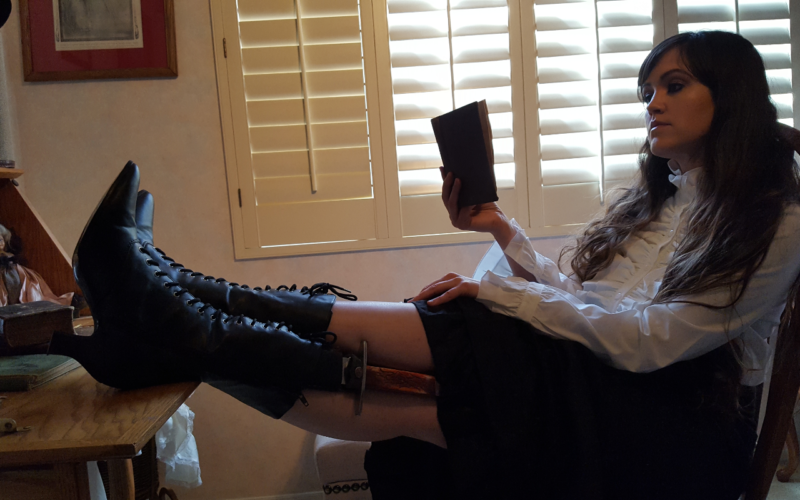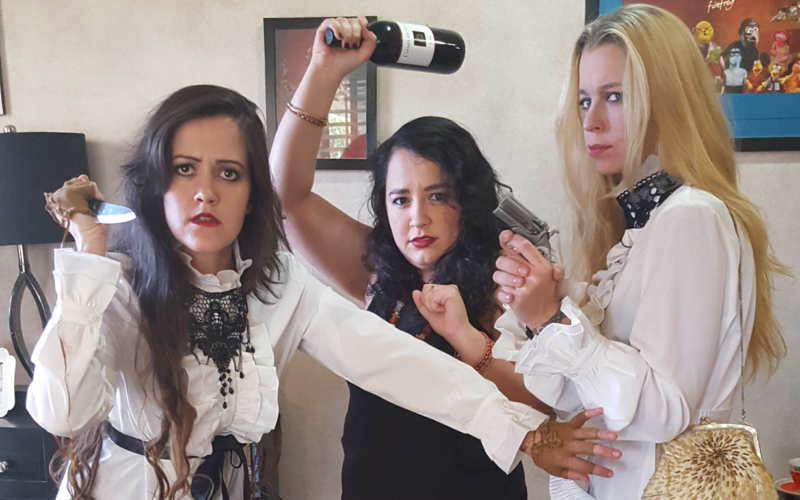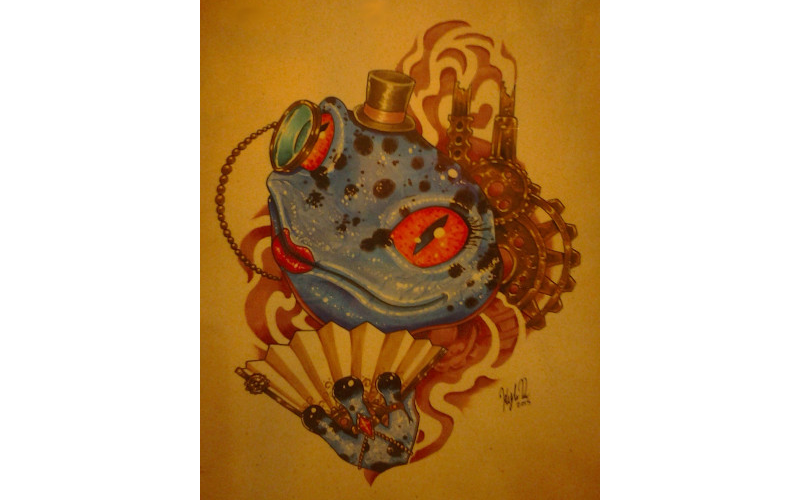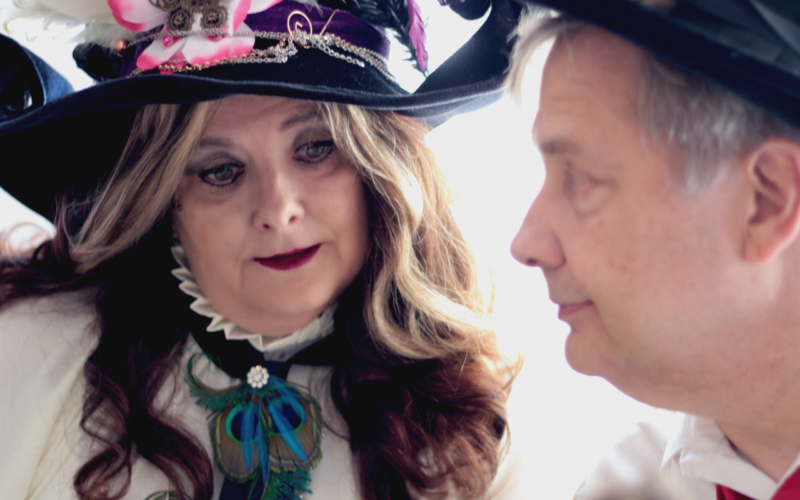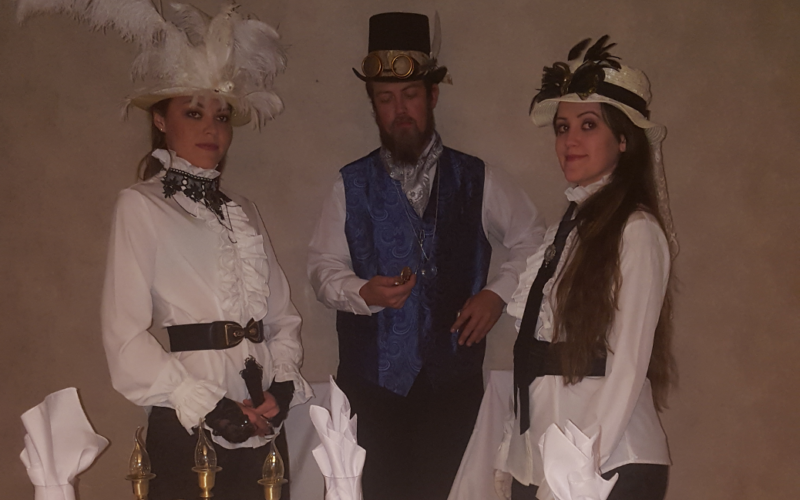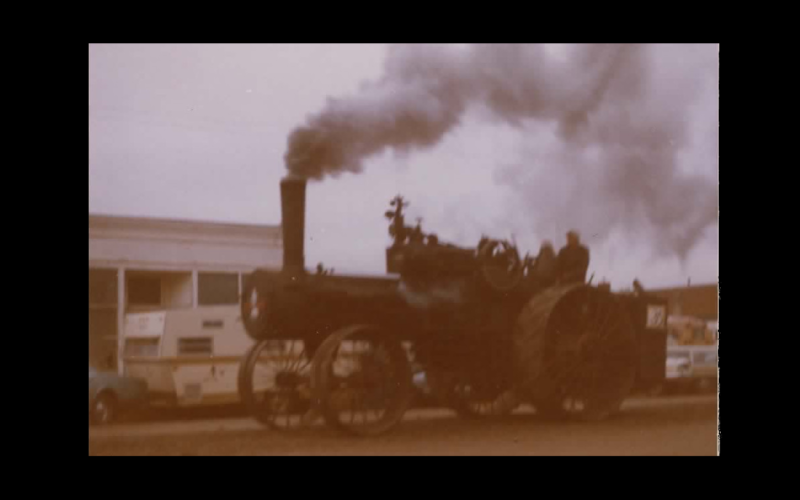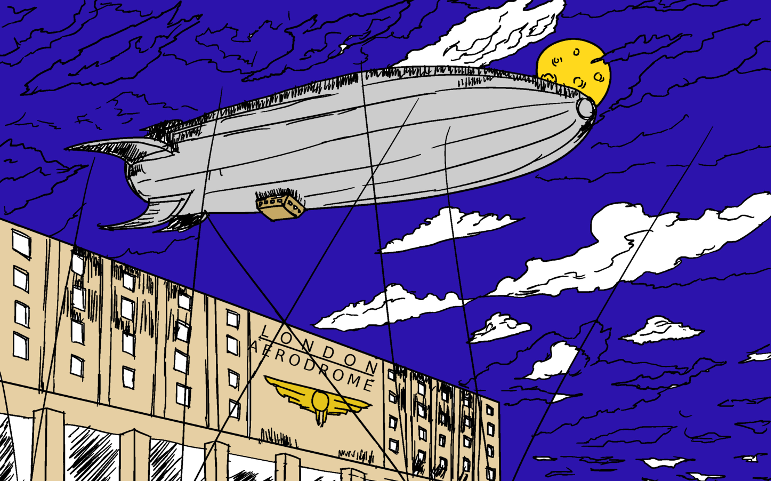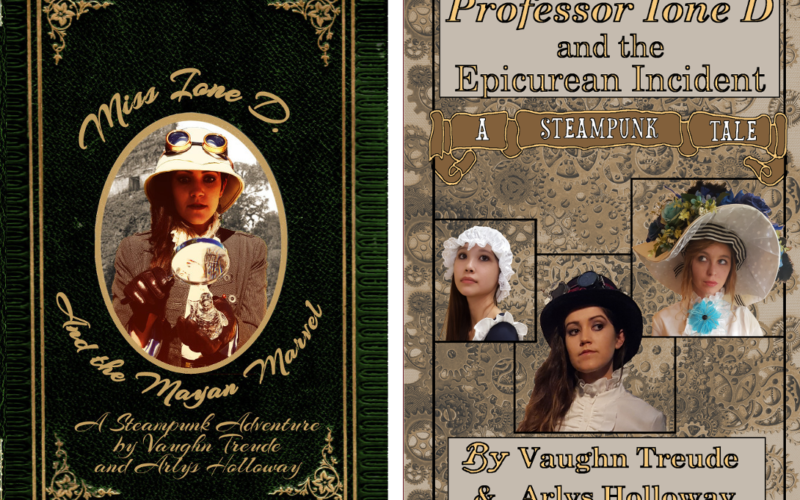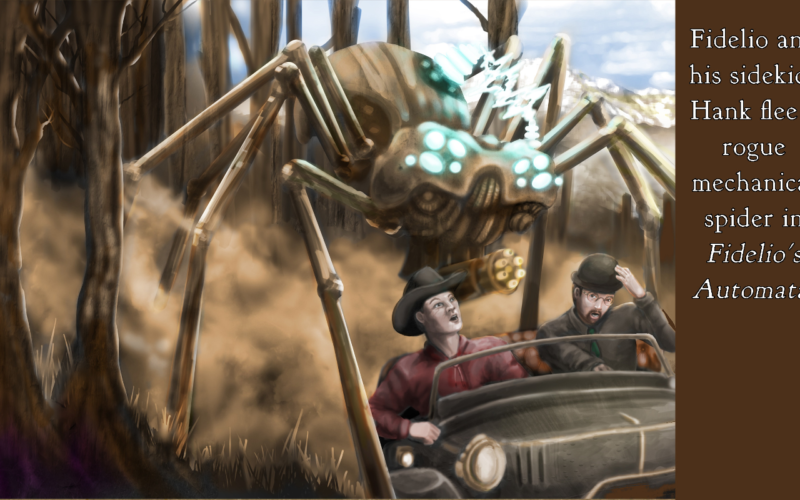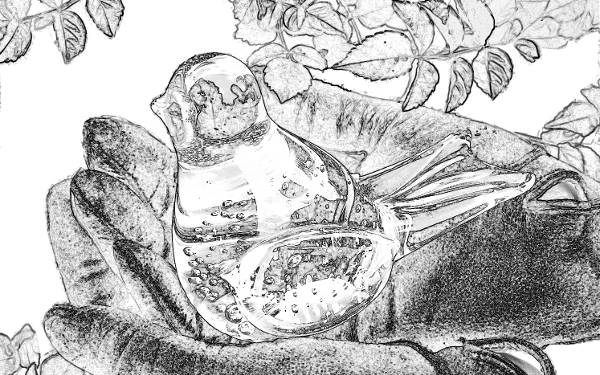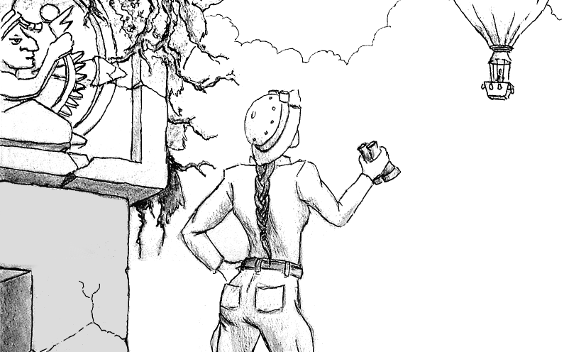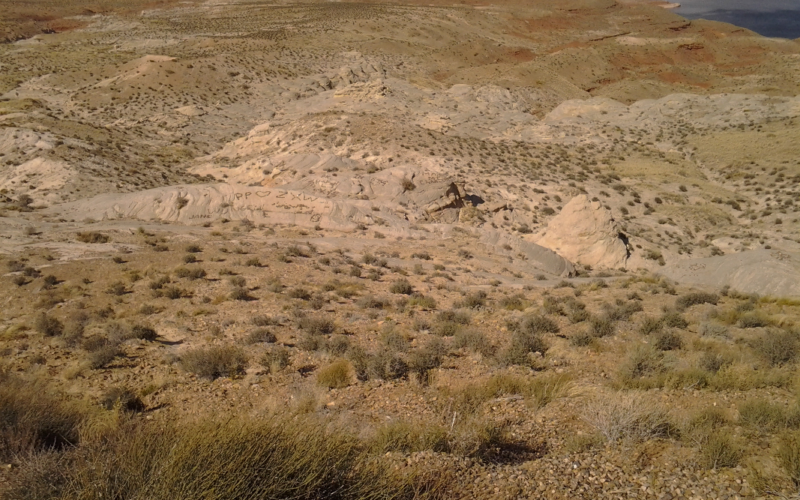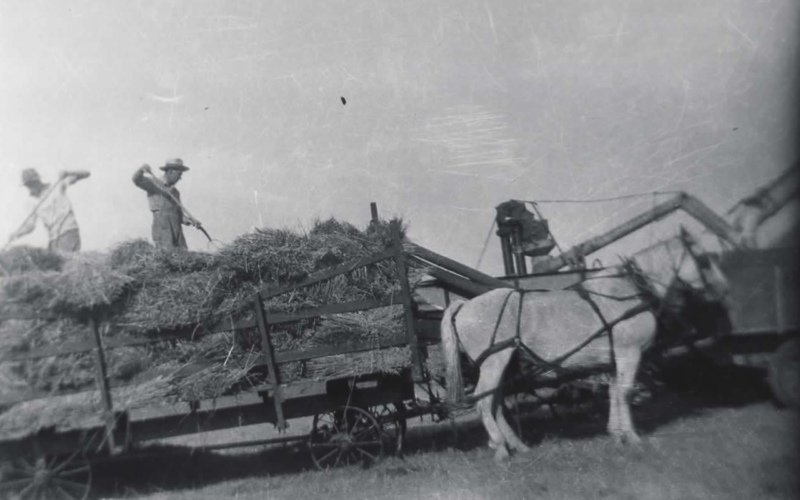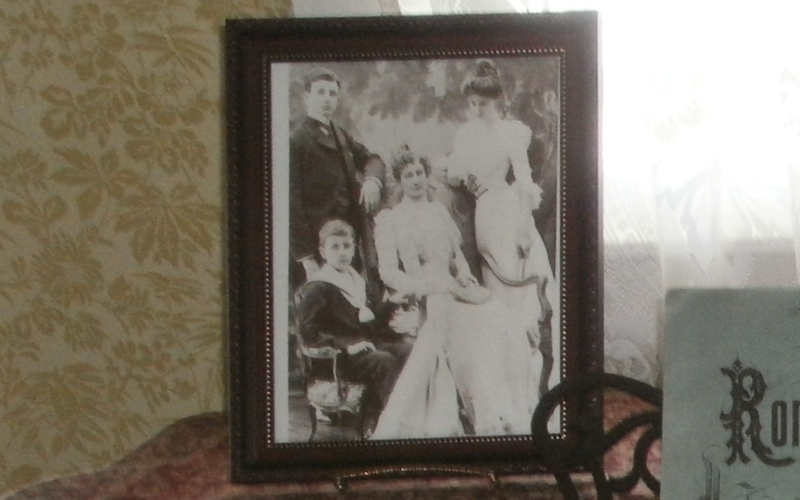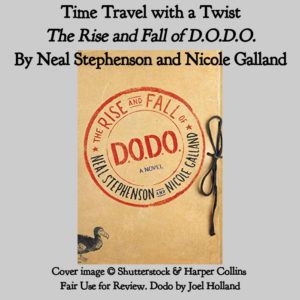
Ever since I read his 1992 cyberpunk novel Snow Crash, Neal Stephenson has been one of my favorite authors. He writes in a broad variety of genres, including the “Baroque Cycle” historical fiction series. His 2017 novel The Rise And Fall of D.O.D.O., co-authored with Nicole Galland, is an interesting twist on the theme of time travel. The fact that many of this book’ss scenes are set in historical London gives it a bit of a steampunk feel.
D.O.D.O., which features a dodo bird on its cover, has nothing whatsoever to do with that extinct species. It involves a secret US government organization that discovers that historical accounts of magic are actually real, but that for some reason the practice disappeared from the world in the mid-1800’s. Their goal is to bring it back for use in covert operations. Major Tristan Lyons of the U.S. Army is in charge of gathering the necessary resources. One of his first hires is Dr. Melisande Stokes, a Harvard professor of ancient languages. Her job is to pore over the ancient texts for references to magic and the witches who practiced it. Much of the book’s narrative is from her outsider’s perspective.
The group’s theory is that something in the modern world environment has rendered magic ineffective. To test this theory, they hire retired theoretical physicist Frank Oda who’s done some experiments using cryonics to isolate the contents of a sealed box from our universe. They believe that a witch, if they can find one, will be able to perform magic from inside such an enclosure. Sure enough, a Hungarian woman named Erszebet contacts them, claiming that she’s a 200-year old witch and that Melisande recruited in the 1850’s.
As with any time-travel story, there are plenty of mind-bending paradoxes, which the book explains with the standard “multiple timelines” theory. It’s a complex narrative and the historical periods that Tristan, Melisande, and the others visit seem well-researched. The sexual tension between these two characters helps keep things interesting. Their interactions with the U.S. military bureaucracy provides a strong element of humor. Oda’s eccentric wife Rebecca, the descendant of a line of New England witches, is another interesting character who provides an alternate view of the events.
If D.O.DO. has any flaws it’s that it uses a fair number of well-worn time travel tropes. Among them is the notion that history resists being modified. However, it included the original (to me) notion that in order for changes to “take”, a historical intervention mission many need to be performed multiple times. Furthermore, the book it managed to surprise me in one or two places, which is no easy feat.
I must admit my bias in that I have never read a Stephenson book that I didn’t enjoy. D.O.D.O. this was no exception. Galand, his co-author, has published several works of historical fiction including The Fool’s Tale and Crossed: A Tale of the Fourth Crusade. I give The Rise And Fall of D.O.D.O. a perfect score of 5 out of 5 gears.

